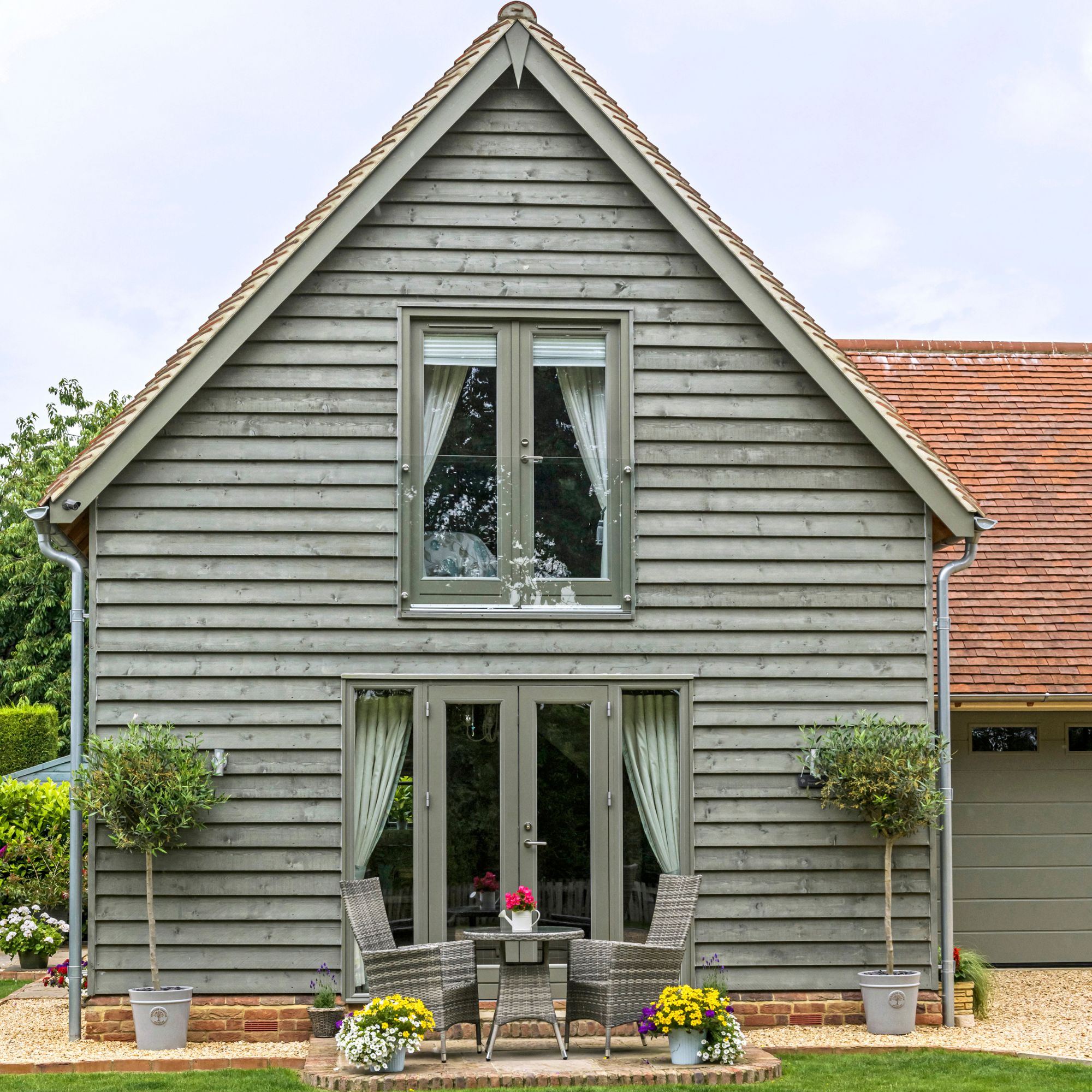
Finishing your house with the right type of cladding can completely transform its appearance. It could be adding a modern composite to an extension or covering dated pebbledash with timber during a renovation.
You might be inspired by the houses and landscape around you to inform your exterior house cladding, or go off the wall with something completely contrasting. However, you should remember that the quality and style of the material you choose will impact not only how much your cladding costs, but the kerb appeal you create and the maintenance that may be required in the future.
What types of cladding are there?
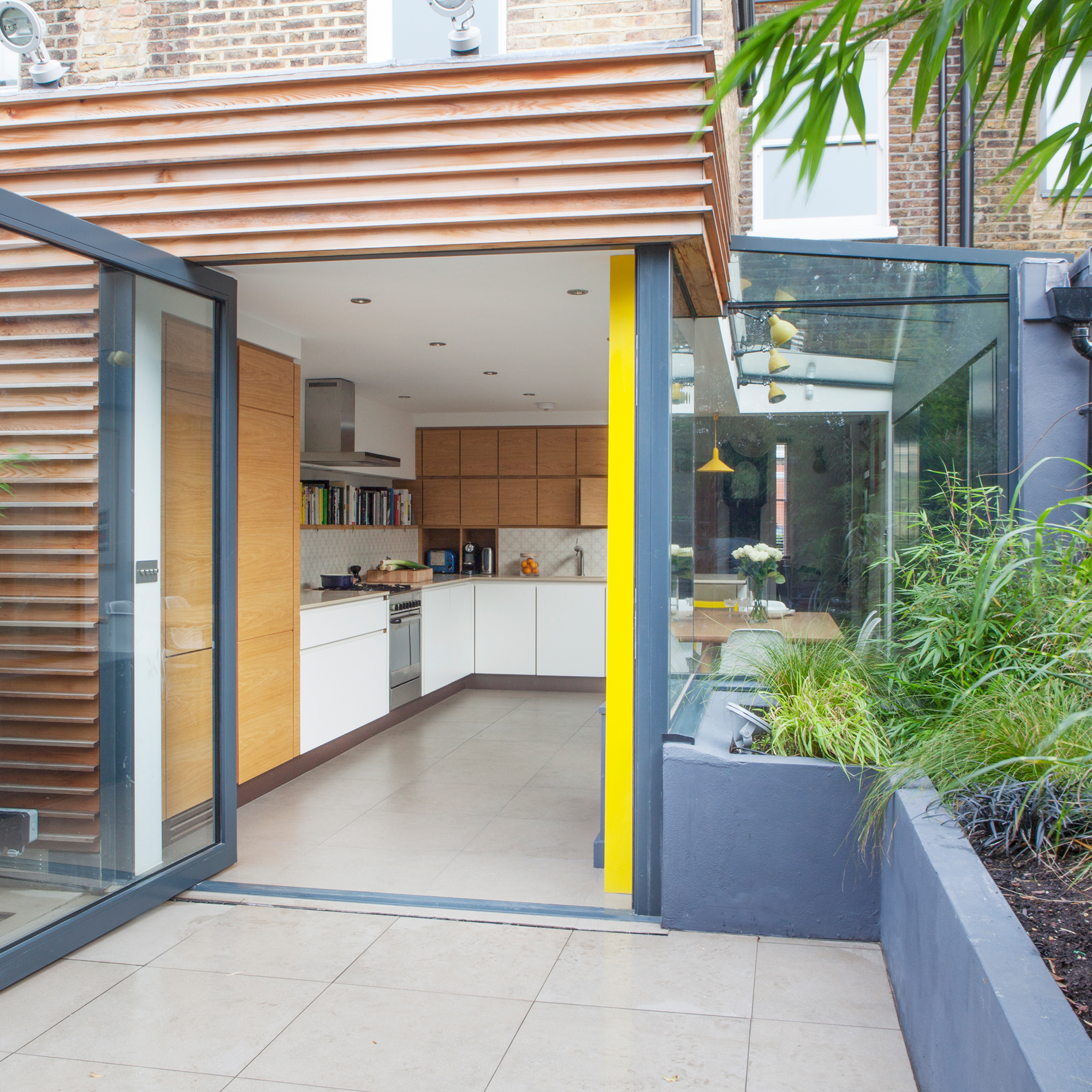
You can clad a house in pretty much anything — there are endless options for you to choose from, so it’s easier to break the choices down into sections.
You don’t have to stick to the same groupings, in fact, mixing and matching materials often creates a more interesting and well-considered appearance to a house.
Natural cladding materials
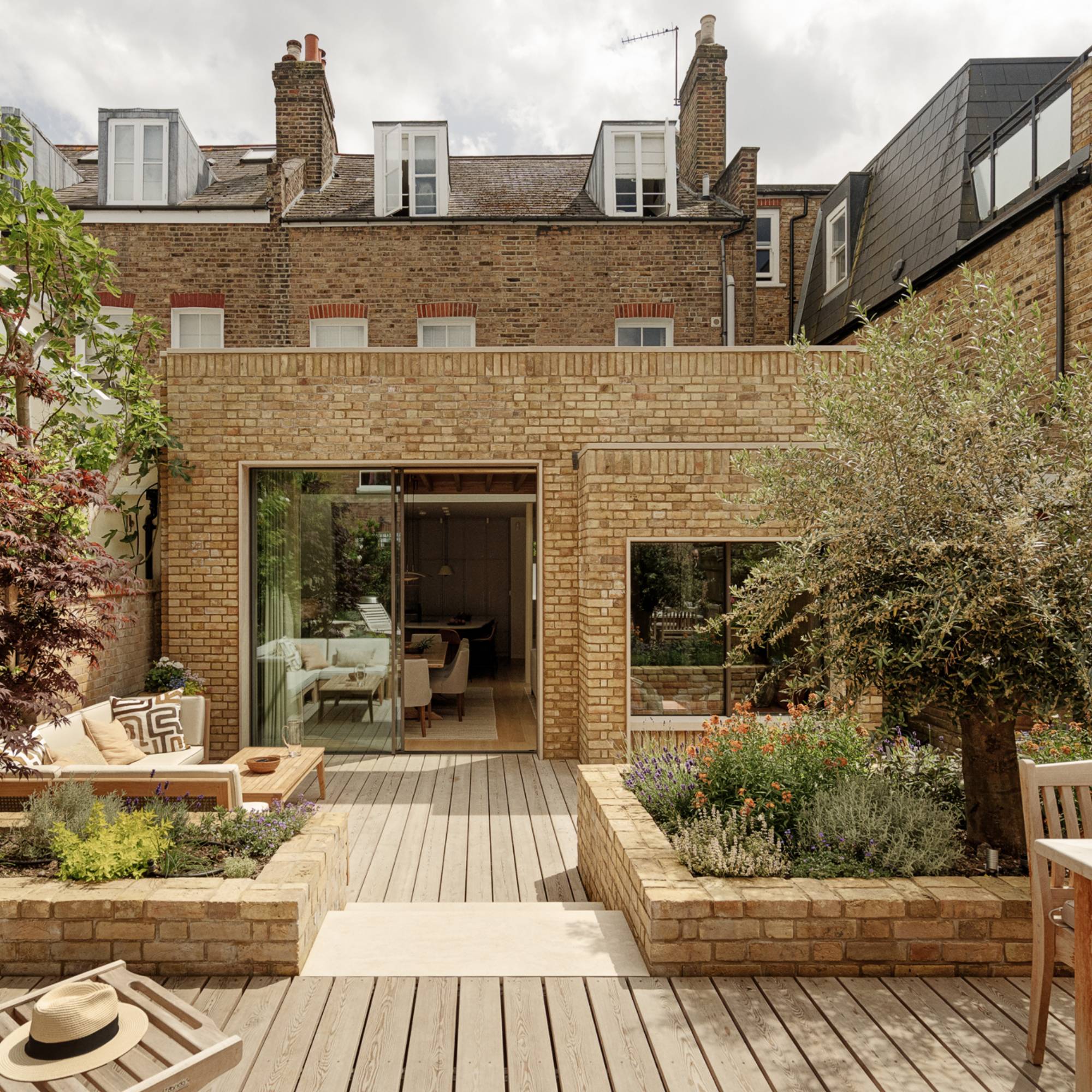
Brick is seen up and down the country and is the UK’s most popular cladding material. It’s fuss-free, relatively easy to install and essentially maintenance free. Brick slips are a thinner version of whole bricks, and can be used to save costs — as they're lightweight, they can clad timber frame or other modern construction methods.
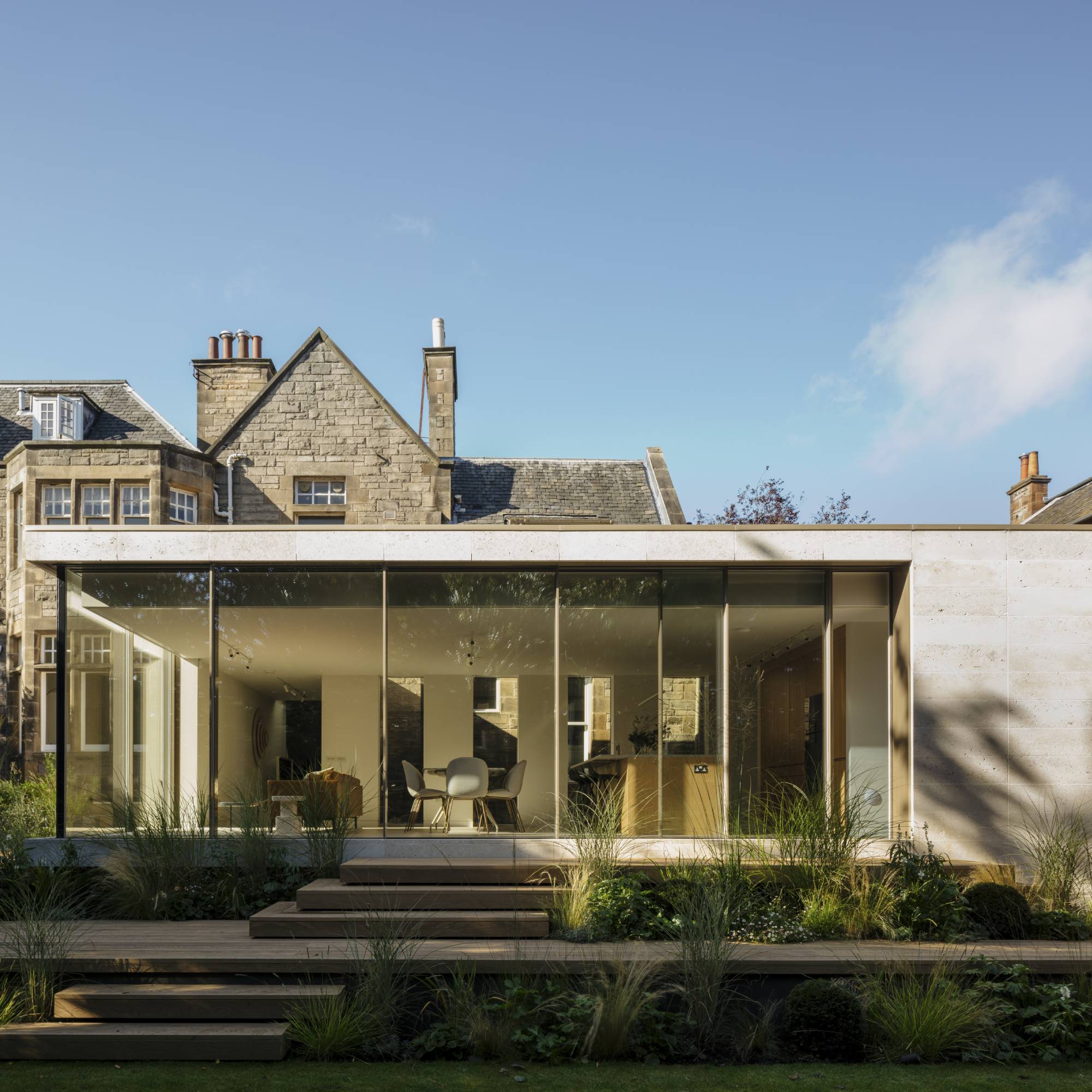
Stone is a material most likely seen on old cottages, where the walls were not just clad, but built with it – think, cosy creamy-yellow in the Cotswolds and dark blue in South Wales and the South West.
Knapped flint is also commonly seen as a cladding for churches and homes in East Anglia. Modern extensions or even traditional-style new builds might use stone cladding to fit in better with the houses around them.
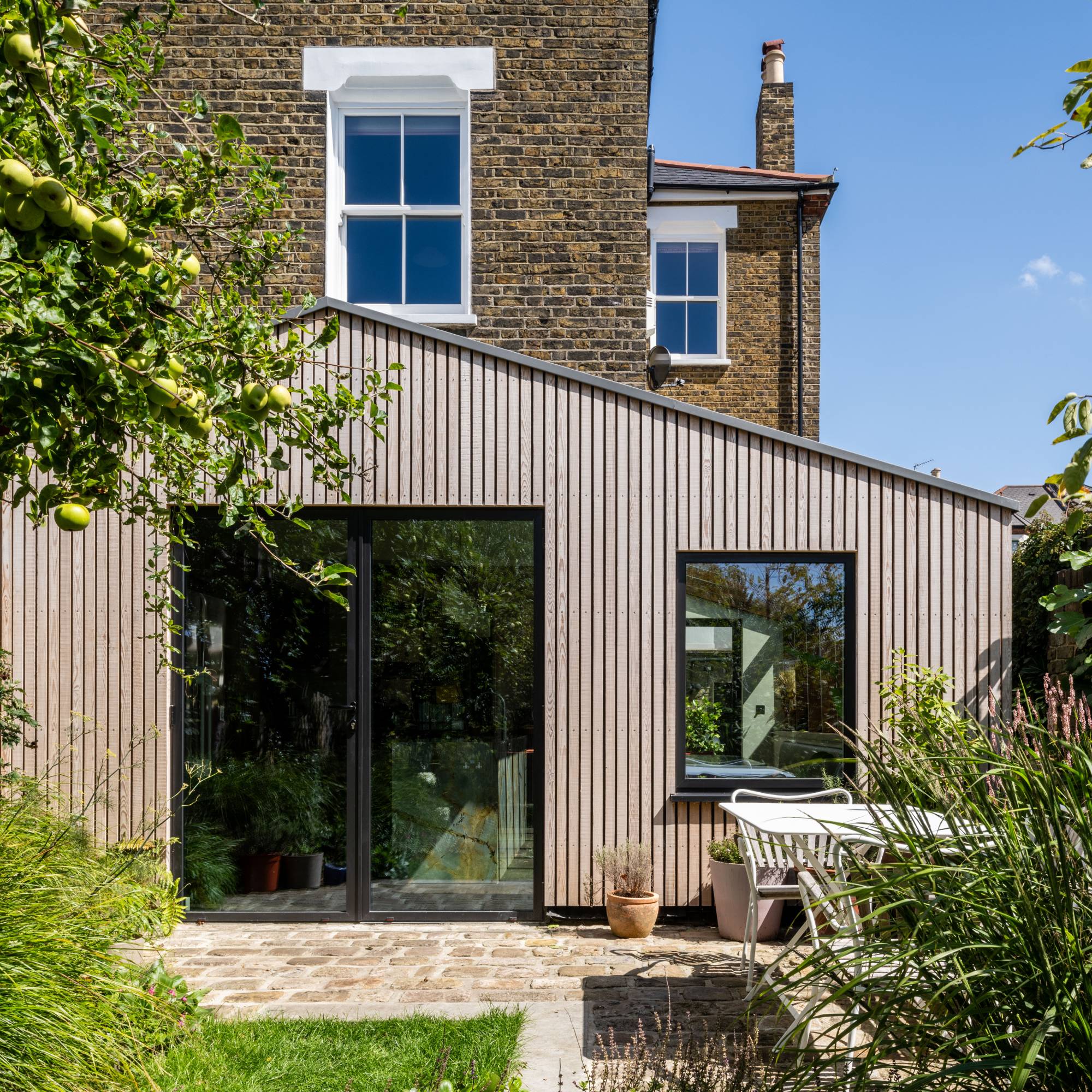
Timber is a universal cladding choice, with variations in treatment and installation defining areas of the UK. Relatively cost effective, timber can be varnished, charred, painted or left to silver with age. However, it can require a lot of maintenance to ensure the timber doesn’t warp or rot when exposed to the elements.
Man-made cladding
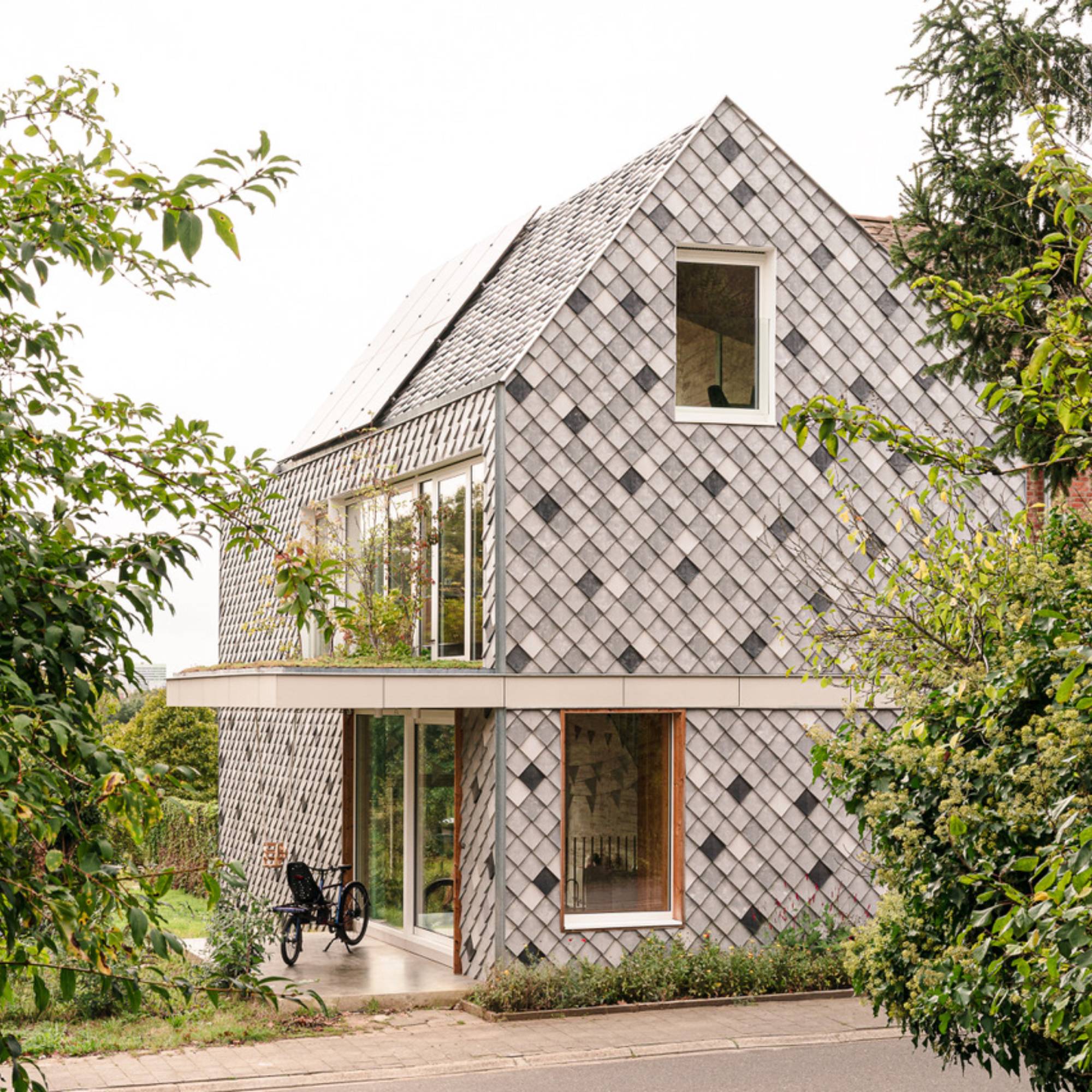
PVC replicates the look of timber to a fairly convincing degree, especially higher quality options, which will more accurately reproduce the grain of wood. It’s cheaper than wood and far less maintenance, but will only last around 25-30 years before degrading.
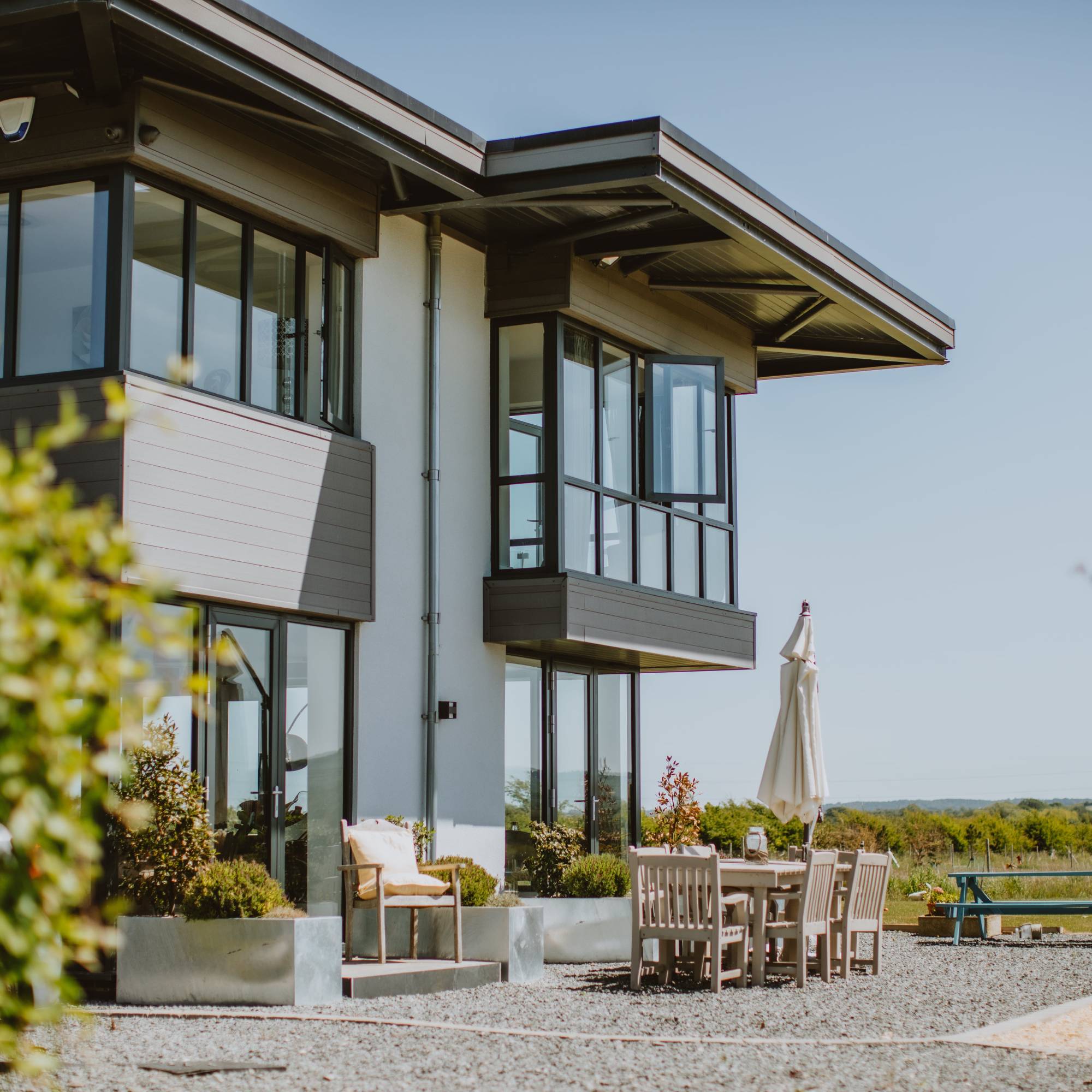
Composite cladding is still made from plastic like PVC, but is usually recyclable and made from sustainable or recycled materials mixed with waste hardwood. It’s very lightweight and easy to install.
'Against timber the benefit [of composite materials] is based on the reduced maintenance time and costs, although upfront cost of composite is usually more than timber, after about 5 years of having to treat timber composite becomes a better value option,' argues James Brueton co-founder of Envirobuild.
'[The benefits compared with] PVC is more on the environmental side, the manufacturing of PVC plastic produces very toxic chlorine gasses, also aesthetically PVC will look more 'plasticy', the only other one would be cement board which again has a less natural appearance to composite cladding.'
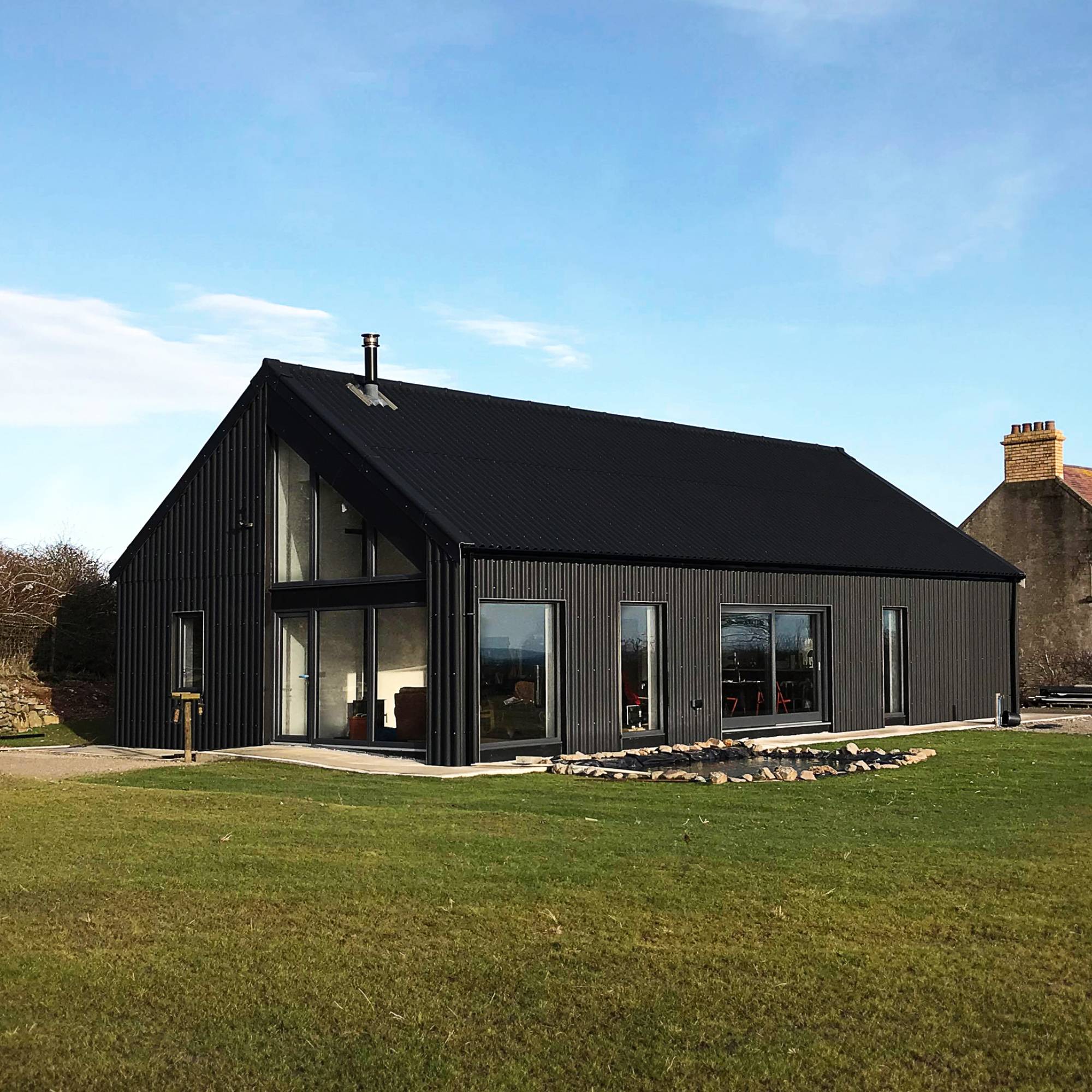
Fibre cement panels/boards can look remarkably similar to wood and stone but are highly resistant to water corrosion, fire and UV and ultra low-maintenance, making them a great alternative to PVC and timber.
Metal cladding

Steel provides instant character to a house and suits both modern and traditional houses — in fact, you might see this material around conservation properties from the National Trust or English Heritage. Weathered steel (usually labelled Corten) is a longer-lasting and more durable version or steel, but often comes with a much higher price tag.
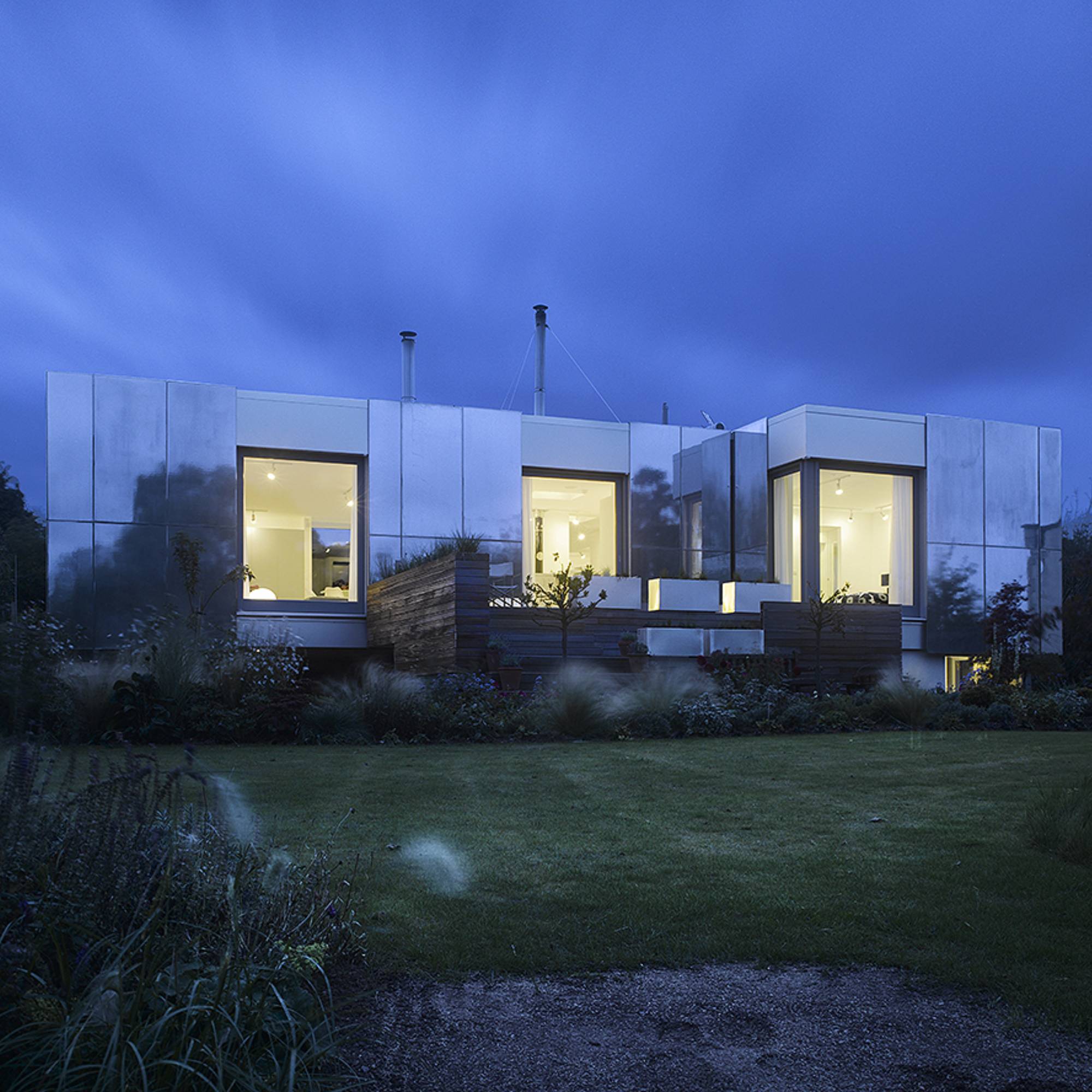
Aluminium cladding is best suited to more contemporary-styled extensions as it can come in a huge range of colours and finishes. It’s lightweight and will ‘weather’ in time due to the oxidisation process, protecting itself with layers of durability.
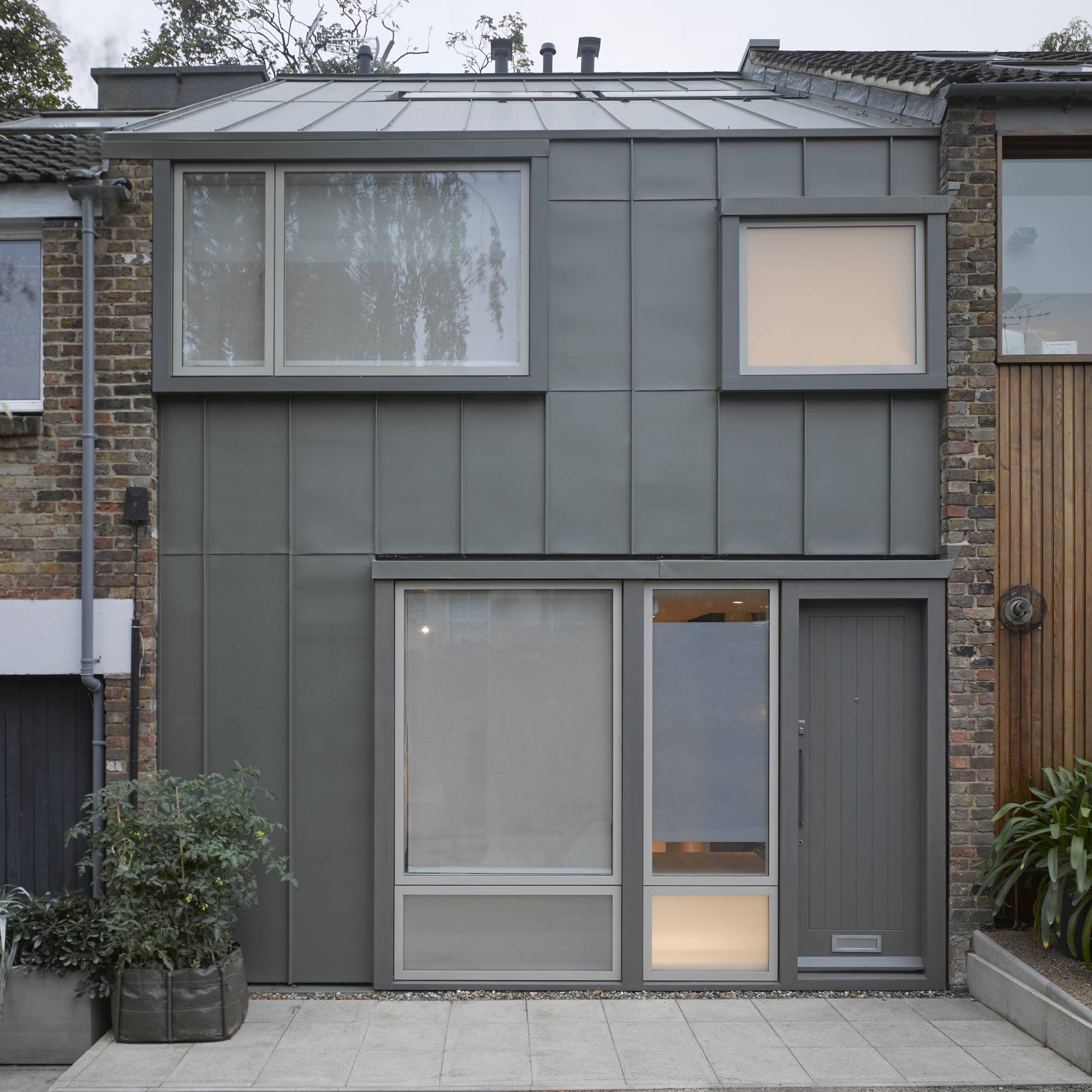
Zinc can be costly but utterly unmatched in elegance. Its understated yet striking nature is paired with its flexibility, making it useful for awkward shapes.
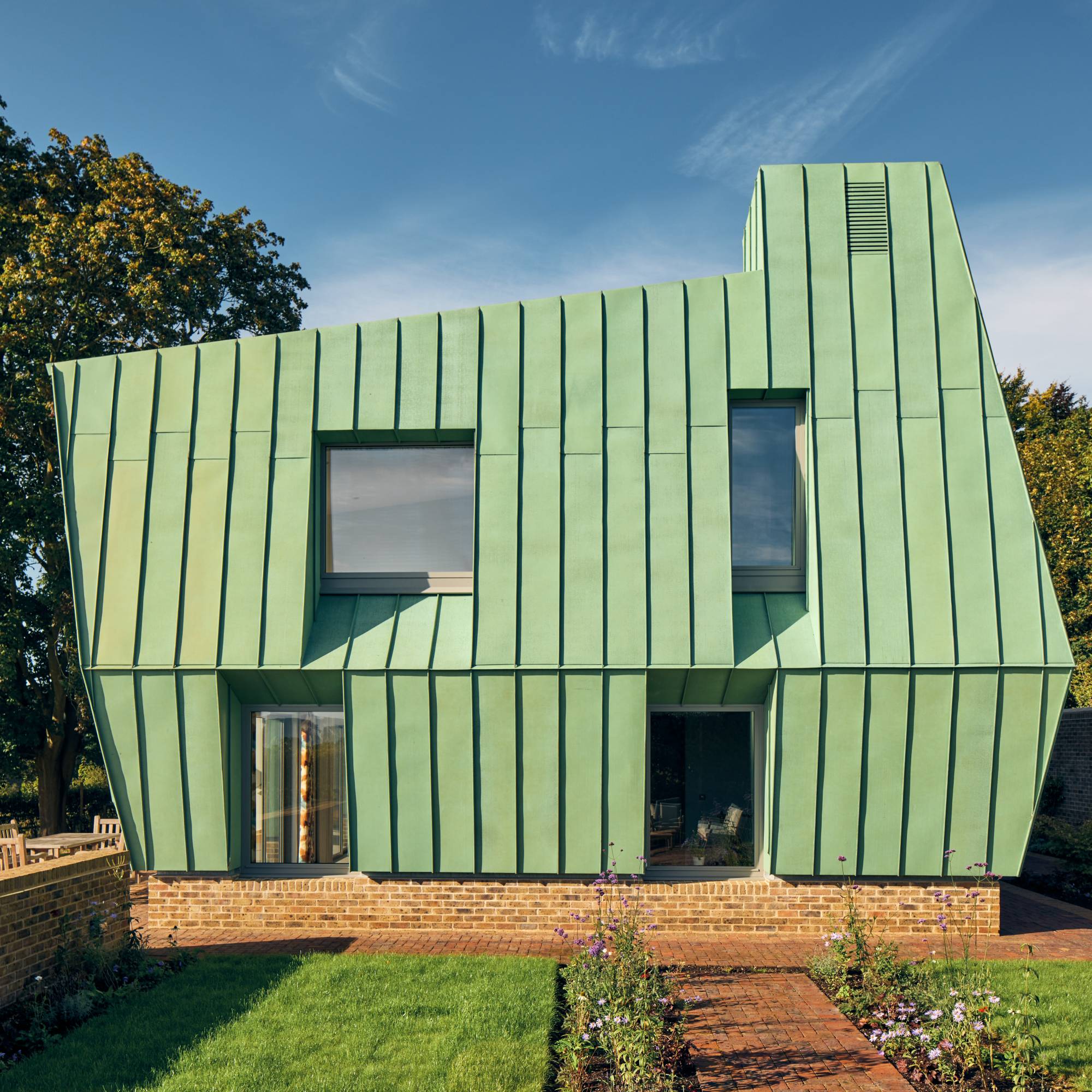
Copper is more often seen on roofs of industrial buildings or churches, but is more recently seen on domestic houses, giving a vibrant green-blue patina over time that is impossible to replicate with other materials. This material is of the higher end of the price scale, but will last indefinitely.
'Metal cladding, particularly standing seam metals like copper and zinc, give much more flexibility for the shape of the building,' adds Adrian James, director at Adrian James Architects. 'The skin can be at any angle (apart from flat) and can fold and curve to suit almost any form, however sculptural, from facetted polyhedrons to domes and any combination thereof.'
What should you consider when choosing the right cladding for your home?

Choosing the right cladding will depend of entirely individual circumstances. There are some key factors which will be utterly unique to you and your project so there is no right or wrong answer.
First, consider your budget. Cladding will cost anywhere from £20/m2 to £200/m2, depending on your choice. The cheapest options are PVC, untreated timber, fibre cement and brick, all offered at around £30/m2. The most expensive cladding types are zinc, copper and stone.
Difficulty of installation should also be factored in as the average tradesperson or enthusiastic DIYer might be able to lay bricks and batten timber, but installing standing seam metal is an art. Give appropriate consideration to the finish of your material and identify how tricky it might be to get the quality you’re after - it will affect your overall budget.
The ‘local vernacular’ is a phrase often used by architects and designers — or Kevin McCloud on Grand Designs— when considering cladding. Using local materials, even in interesting and creative ways, is usually a good way to secure planning permission and to better fit in with the surroundings.
How exposed your property is might further narrow down the choices of cladding available to you. For most homes, sheltered by other houses or hills, this shouldn’t be a problem. However, homes on the coast or on flat land where wind picks up speed or snow is frequent, the durability and longevity of the cladding will be tested. Remember, cladding doesn’t just cover your home for aesthetic purposes, it protects it first and foremost.
Finally, future maintenance is an often-neglected factor in cladding choices, but is hugely important. If you like doing DIY and can hop up a ladder to paint/varnish wood every few years then fantastic, but a lower maintenance option might be more suitable for those that can’t, and cost afford to pay someone else to.
What’s the best type of cladding?
The best type of cladding for your home will depend on the design, your finances and the climate the property will face. But the key is to work with the experts to choose the best option for your project,
'Hire an architect that has a lot of experience using cladding in projects,' suggests Stuart Archer, founder of Archer + Braun Architects. 'If doing a self-build (and not using an architect - the horror!) then we'd advise speaking to a specialist supplier who will be able to advise on all of the above. Also, choosing a builder that has worked with similar cladding is a good idea, and seeing an example of their work would be even better.'
If cladding isn't the right option for your home, there are other ways to add kerb appeal to your home to make it look its absolute best.







